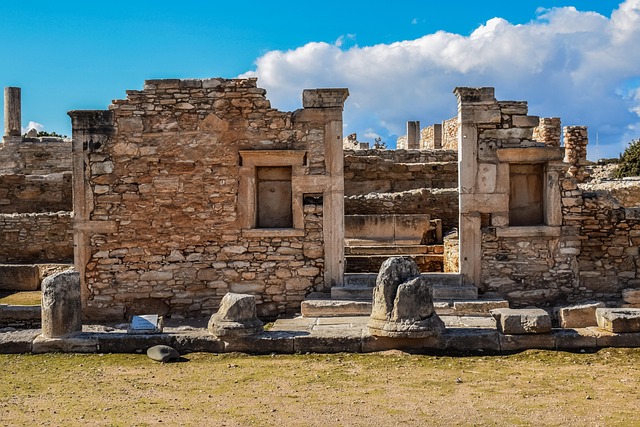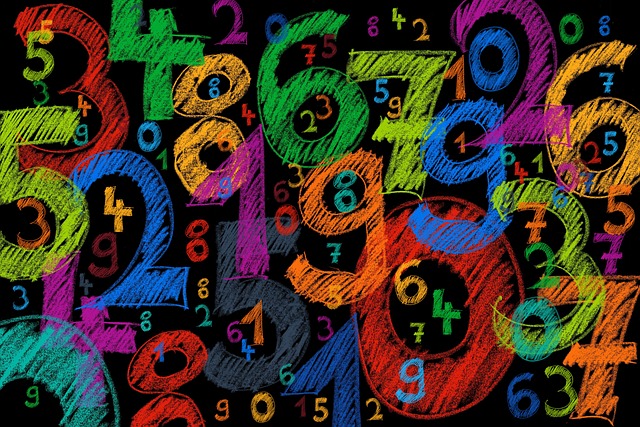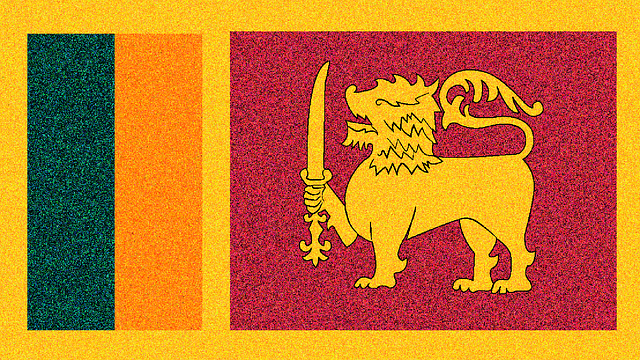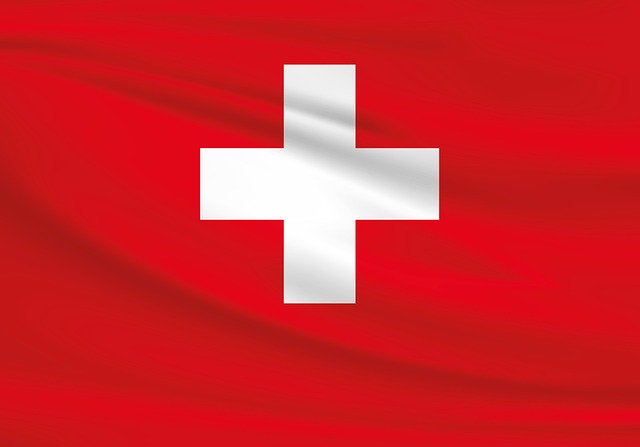The 1st Cavalry Division Flag ("First Cav") is a symbol of America's military history, reflecting the agility and courage of the division across various theaters of war. Recreating this historic flag requires meticulous detail, referencing original archives, period-specific sources, and high-quality materials to ensure accuracy in colors, patterns, and proportions. This process involves extensive visual research, consultation with historical guides, and precise construction techniques to preserve the flag's significance for future generations, making it a powerful representation of our nation's history.
“Unveil the past through captivating visuals! This article explores the art of recreating historic moments, specifically focusing on the iconic 1st Cavalry Division Flag. By delving into the rich context and design intricacies, we guide you through an authentic reconstruction process. From understanding the historical narrative to choosing the right materials, learn how to bring this piece of history to life. Discover design techniques, visual research methods, and a step-by-step approach, making it an essential read for enthusiasts aiming to capture the essence of the 1st Cavalry Division Flag.”
- Understanding Historic Context: Unraveling the Story Behind the 1st Cavalry Division Flag
- Visual Research and Authenticity: Gathering References and Sources
- Design Techniques for Recreating Historical Accuracy
- Materials and Tools: Choosing the Right Elements for an Authentic Reenactment
- Step-by-Step Guide: From Concept to Completion – Reconstructing the 1st Cavalry Division Flag
Understanding Historic Context: Unraveling the Story Behind the 1st Cavalry Division Flag

Understanding Historic Context: Unraveling the Story Behind the 1st Cavalry Division Flag
The 1st Cavalry Division Flag, often referred to as the “First Cav” or “1st Division Cavalry Emblem,” is more than just a symbol; it encapsulates the spirit, history, and values of one of the United States Army’s most storied divisions. To truly appreciate this historic moment visually, one must first dive into the context that birthed it. The flag’s design and meanings are deeply rooted in the division’s rich heritage, dating back to its formation during World War II. The 1st Cavalry Division, known for its agility and courage, saw action across multiple theaters, leaving an indelible mark on military history.
Heraldry plays a significant role in the design of US Army Ultimate Flags, reflecting the unit’s accomplishments and traditions. The 1st Cavalry Division Flag features intricate elements that tell the story of its past campaigns and battles. Collectible military pennants, including those from the “First Cav,” often bear these distinctive emblems, serving as tangible links to the division’s legacy. By examining the symbolism and meanings woven into the flag, we gain a deeper appreciation for the 1st Cavalry Division’s contributions, fostering a sense of respect and understanding for their role in shaping our nation’s history.
Visual Research and Authenticity: Gathering References and Sources

Visual research is a meticulous process that forms the backbone of recreating historic moments accurately. When aiming to depict a specific scene from the past, especially involving military units like the 1st Cavalry Division, gathering authentic visual references is paramount. This involves delving into various sources such as historical archives, museums, and online databases to find accurate representations of flags, uniforms, and equipment. The 19th-century US Army flag collection, for instance, offers a rich tapestry of design elements that can guide reproduction efforts.
The Cavalry Unit Standards Guide, a valuable resource, provides insights into the standards and specifications set for cavalry units during that era. By studying these guidelines, artists and historians can ensure the accuracy of colors, patterns, and proportions when recreating flags like those of the 1st Cavalry Division. This meticulous approach ensures that every detail, from the intricate embroidery to the fabric type, reflects the reproduction period US Army flags, making the visual representation a true testament to history.
Design Techniques for Recreating Historical Accuracy

To achieve historical accuracy in recreating visual representations of historic moments, especially when focusing on military insignia like the 1st Cavalry Division flag, attention to detail is paramount. Designers must consult original archives and period-specific sources to capture the exact colors, patterns, and proportions. For instance, studying authentic 1st Cavalry Division flags from the time period ensures that each element, from the shape of stars to the arrangement of bars, aligns with historical specifications.
Using high-quality images and meticulous research helps in reconstructing collectible military pennants accurately. The 1st cav flag, for example, can be brought to life by paying close attention to its historical significance. This involves not just mimicking the visual aspects but also understanding the symbolism behind each design element. Thus, a well-recreated flag becomes more than a mere copy; it becomes a tangible link to the past, preserving and sharing its story with future generations.
Materials and Tools: Choosing the Right Elements for an Authentic Reenactment

When recreating historic moments visually, choosing the right materials and tools is paramount to achieving authenticity. For a reenactment focusing on the 1st Cavalry Division, attention to detail is crucial. This includes selecting accurate representations of period-specific flags. Restored military flags, such as those from the 1st Cav Div, offer an authentic touch that can significantly enhance the historical significance of your recreation.
The 1st Cavalry Division flag itself serves not only as a symbol of courage and history but also as a central element in setting the scene. Reenactors can find high-quality us army heritage flags for sale to ensure their visual accuracy. The fabric, colors, and design details should align with historical records to maintain the integrity of the moment being depicted. This commitment to authenticity ensures that viewers are transported back in time, experiencing the historical significance of these iconic symbols.
Step-by-Step Guide: From Concept to Completion – Reconstructing the 1st Cavalry Division Flag

Step-by-Step Guide: Reconstructing the 1st Cavalry Division Flag
1. Conceptualization: Begin by delving into historical archives, researching the 19th century cavalry unit flags, specifically focusing on the 1st Cavalry Division banner. Gather detailed specifications of the first cavalry division banner, including its dimensions, colors, and any distinctive symbols or patterns. This step ensures an accurate representation of the original design.
2. Material Acquisition: Source materials akin to those used in the 19th century are essential for authenticity. Look for fabrics that match the historical records, such as linen or cotton, and procure them from specialized suppliers. Similarly, gather accessories like wooden staffs, metal fittings, and tacks to replicate the flag’s physical attributes accurately.
3. Design & Pattern Creation: Transcribe the banner specifications into a visual design. Sketch out the layout, incorporating the official colors and any intricate details mentioned in your research. Ensure that the overall aesthetic aligns with 19th century cavalry unit flags.
4. Construction: Cut the fabric according to your design, taking care to maintain precision for a seamless final product. Sew the pieces together, adhering strictly to historical stitching methods. Attach the staff and fittings, ensuring sturdiness and security.
5. Finishing Touches: Add any final touches like embroidery or metallic accents, replicating what would have been common during that era. Once complete, display the flag in an appropriate case designed for historic artifacts, preserving it for future generations.
Recreating historic moments visually, such as designing the 1st Cavalry Division Flag, involves meticulous research and an eye for detail. By understanding the historical context, gathering authentic references, and employing precise design techniques, one can bring these pivotal moments to life. Choosing the right materials and tools ensures an accurate reenactment that does justice to the original. This step-by-step guide has provided a framework for reconstructing historical artifacts, allowing enthusiasts and historians alike to preserve and celebrate our past visually.
